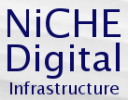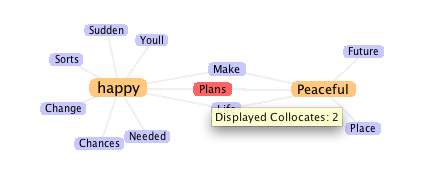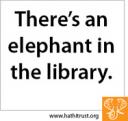Peter sent me to Clay Shirky’s It’s Not Information Overload. It’s Filter Failure talk at the Web 2.0 Expo in New York which starts with a chart from a IDC White Paper showing the growth of digital information. His title summarizes his position on the issue of Information Overload, but on the way he made the point that we have been complaining about overload for a while. To paraphrase Shirky, “if the problem doesn’t go away it is a fact.” Shirky jokes that the issue comes up over an over because “it makes us feel better” about not getting anything done.
I, like others, have used the overload meme to start talks and am now wondering about the meme. Recently I was researching a talk for CaSTA 2008 that started from this issue of excess information and found that Vannevar Bush had used overload as the problem to drive his essay, “As We May Think” in 1945.
There is a growing mountain of research. But there is increased evidence that we are being bogged down today as specialization extends. The investigator is staggered by the findings and conclusions of thousands of other workers—conclusions which he cannot find time to grasp, much less to remember, as they appear. Yet specialization becomes increasingly necessary for progress, and the effort to bridge between disciplines is correspondingly superficial.
Professionally our methods of transmitting and reviewing the results of research are generations old and by now are totally inadequate for their purpose. (Vannevar Bush, As We May Think)
If Shirky is right that this is a fact, not a problem, and that we default to using it to leverage ideas as solutions, then we have to look again at the perception of overload. Some of the questions we might ask are:
- What is the history of the perception of overload?
- Is it something that can be solved or is it a like a philosophical problem that we return to informatics as a ground for discussion?
- Have structural changes in how information is produced and consumed affected our perception as Shirky claims? (He talks about FaceBook being a structural change for which our balancing filtering mechanisms haven’t caught up.)
- One common response in the academy is to call for less publishing (usually they call for more quality and less pressure on researchers to crank out books to get tenure.) Why doesn’t anyone listen (and stop writing?)
- What role do academics play in the long term selection and filtering that shapes the record down to a canon?
 NiCHE (
NiCHE (

 Today, October 14th, 2008, is
Today, October 14th, 2008, is 

